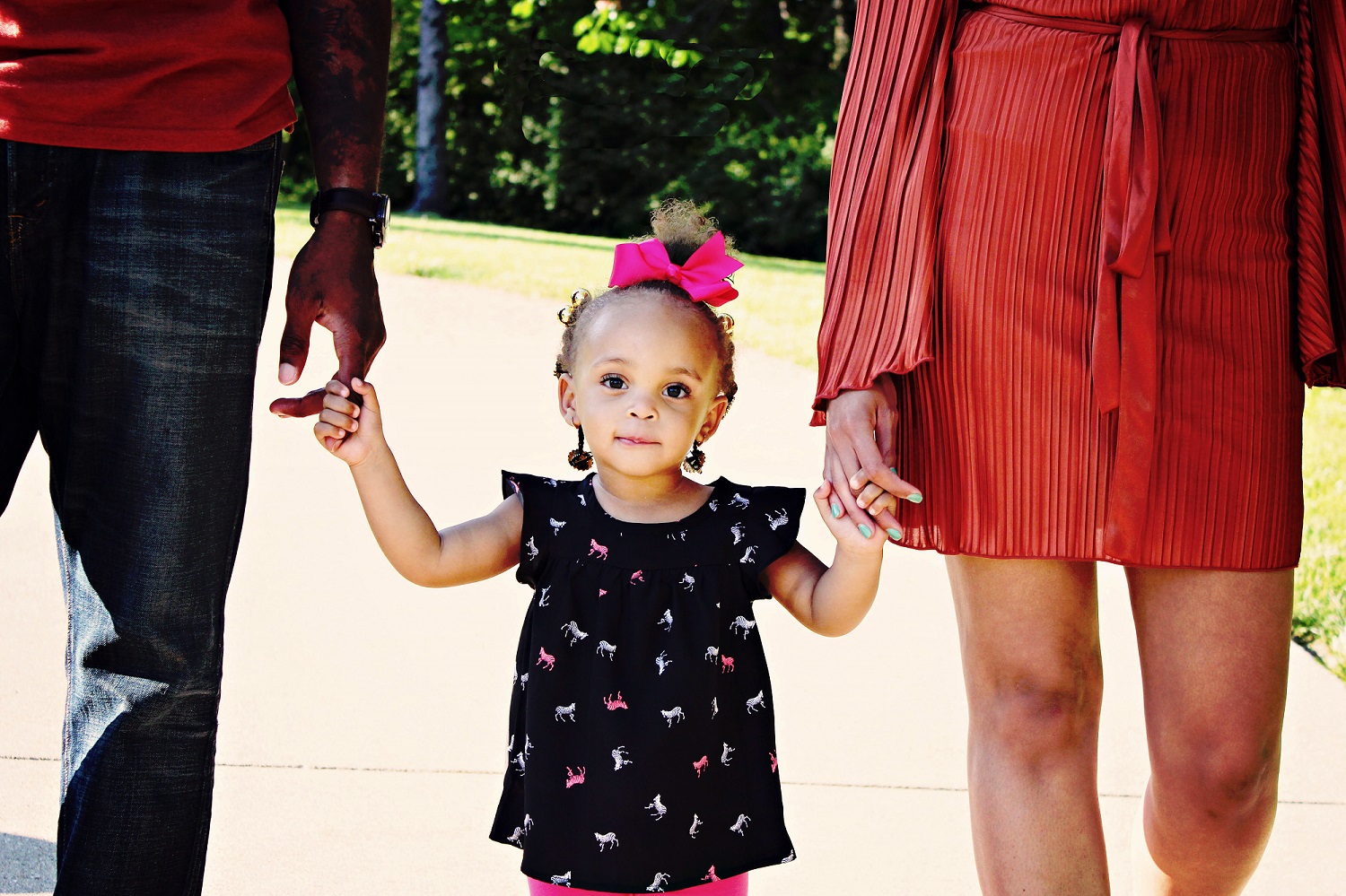 Our campaign psychiatrist, Dr. Nzinga Harrison has expressed that if you have a brain, you will feel sad, scared, happy, angry, excited, overwhelmed and a number of other emotions at some point in your life. This doesn’t go away once you become a parent either. As a matter of fact, it intensifies because parenthood is not for the faint at heart. The question for many parents is how much of these emotions should we allow our children to witness us experiencing? Historically, many parents have elected to only put on a brave or happy face for their children. However, whether this is healthy for our children is now being questioned.
Our campaign psychiatrist, Dr. Nzinga Harrison has expressed that if you have a brain, you will feel sad, scared, happy, angry, excited, overwhelmed and a number of other emotions at some point in your life. This doesn’t go away once you become a parent either. As a matter of fact, it intensifies because parenthood is not for the faint at heart. The question for many parents is how much of these emotions should we allow our children to witness us experiencing? Historically, many parents have elected to only put on a brave or happy face for their children. However, whether this is healthy for our children is now being questioned.
Because parents are people and experience a wide range of emotion, allowing your children to see you work through those difficult emotions is a great teaching platform. Now, I’m not suggesting to divulge every detail of the not so pleasant things that you experience in your adult life. I don’t think children can handle that. However, I do think that there is some benefit to our children seeing us express fear and sadness and those other challenging emotions that we often try to shield them from. Below is a list of reasons why it’s okay and healthier for children when parents to show emotion.
It normalizes these emotions for them: Many parents refuse to cry in front of their children because they think it’s showing them a sign of weakness when in fact it does the exact opposite. Additionally, you teach them that expressing sadness is completely natural and normal.
Teaches them healthy coping skills: Allowing your children to see you experience difficult emotions and properly work through them teaches them healthy coping skills. When children learn healthy coping skills earlier in their lives it strengthens them and prepares them for adulthood.
It takes the pressure off: [clickandtweet handle=”” hashtag=”” related=”” layout=”” position=””]When parents only show their children a happy or brave face, it inadvertently teaches them that they always have to be happy and brave, no matter what. This only teaches your children how to suppress instead of express their emotions. [/clickandtweet]Additionally, it makes them feel like they have to be “perfect” and we all know that there is no such thing!
It helps them build better relationships: Yes, showing your children a wide range of emotions actually helps them build better relationships, now and in the future. Why? Because you teach them to just be themselves; to not put walls up; to be authentic and to properly express and communicate their emotions as opposed to running or hiding from them or just shutting down altogether.
It’s important for parents to understand that children often live what they learn, and parents are their first teachers of life. Don’t be afraid to let your children see you “sweat”, cry, be afraid or frustrated.Just make sure you learn (if you haven’t already done so), how to appropriately work through those emotions before showing them to your children. And, if you haven’t learned how, teach them that therapy is ok, by seeking help from a therapist. Modeling how to handle difficult emotions is a great way to build stronger, healthier and more resilient kids.
